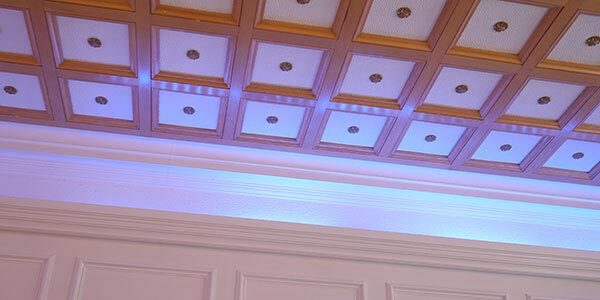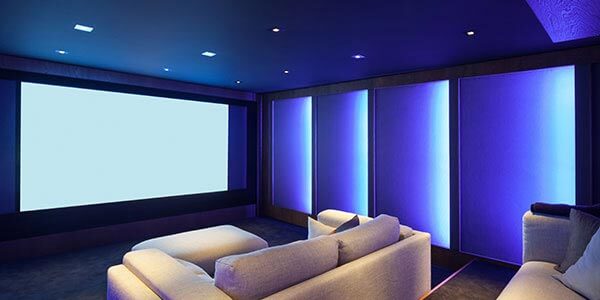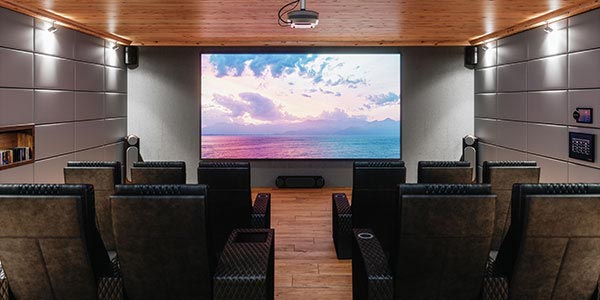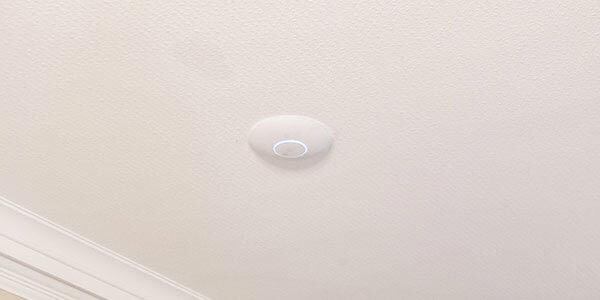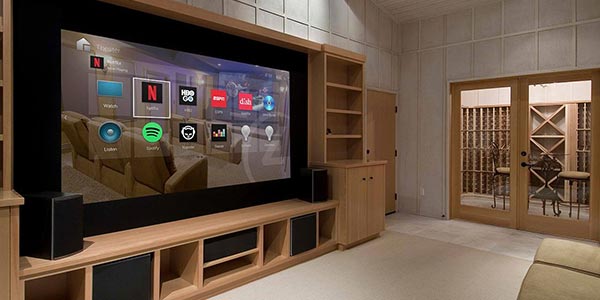These days, Wi-Fi is standard in home internet connectivity. However, you might not have realised that, despite the longstanding, erroneous assumption that Wi-Fi stands for “Wireless Fidelity”, this technology actually comes in both wired and wireless versions.
While either can suffice for basic uses of your internet, it can be a different matter when you want to continue using your online-enabled device as you roam around the house or you use your connection for particularly demanding tasks, such as streaming high-definition TV content.
What is the “traditional” way of doing things?
Usually, when you go about establishing a Wi-Fi connection in your home, you will install there a router provided by the ISP (internet service provider). Unfortunately, though, as ISPs are often trying to cut costs when making these routers, they often aren’t better than low quality.
Consequently, while your Wi-Fi connection’s strength and speed could be pretty solid when you are physically close to the router, that Wi-Fi signal can start to falter as you take your online-connected device further away from the router – even if you are still in the same building.
That’s before you consider how rapidly the Wi-Fi connection can clog up as other members of the household join it and use it at the same time as you. Is there a better way?
Here’s a fine mesh we can get you into
Essentially, a mesh Wi-Fi network in a home comprises multiple routers – though it would be more technically correct to term them “nodes”. These nodes can be positioned in several different places throughout the property, allowing them to communicate with each other as part of one network.
While one of these nodes will be designated the “primary” router and, accordingly, wired straight into your gateway connection, the other nodes will serve as satellites. Wherever you are in the home, your device will connect to the nearest node – the one capable of delivering the best speed.
As you walk around the house, the connection can intelligently switch between nodes to ensure that you are always, at any given point, linked to the nearest. This would bode well if, for example, you want to listen to streaming music while rushing around the property to take care of one household chore after another. However, when can a mesh system become a… mess?
Should you choose a wired or mesh solution?
This will ultimately depend on your specific requirements. As we can install multiple wireless access points (WAP) as part of a wired system which, like a mesh alternative, can switch the connection between those points, you might still be willing to contemplate a wired system.
A wired connection can be much smoother for movie-streaming and keeping smart security cameras running well, but a mesh system can be wonderfully quick and easy to customise. We can discuss our smart Wi-Fi solutions at length with you to help you in making the best choice.



